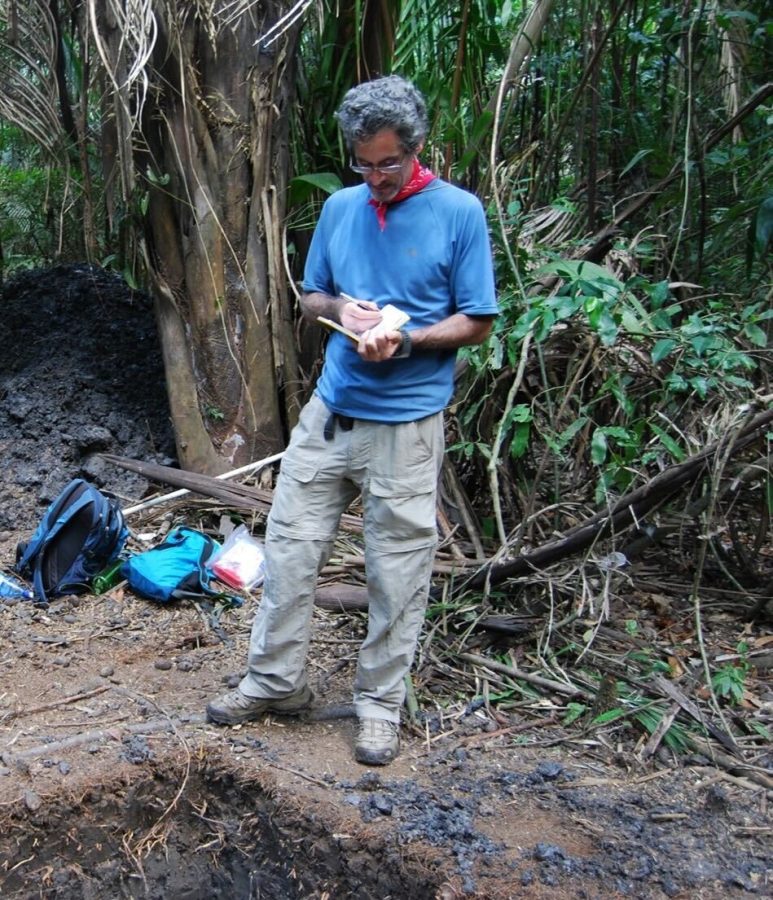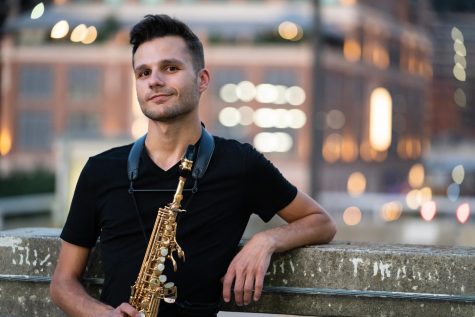UT professor elected to fellowship for contributions in geography
January 26, 2023
When Timothy Beach studies geomorphology, the study of physical features on Earth around the world, he often wonders how humans interacted with their environment, from the ancient Mayan civilizations to present day.
Beach, geography and environment professor, said he wanted to contribute to research globally as opposed to concentrating on a specific region.
“I started working in the Mediterranean … because I wanted to compare the (geological and human) processes between places,” Beach said. “By looking at other places, you can look back at the places you worked on before and see what you missed because it gives you new eyes.”
Elected as a fellow into the American Association of Geographers of 2023, Beach joins the organization’s aims to help people start geography careers through ongoing programs and events. Appointed for his influence on research to bring new innovations regarding how people connect to their surrounding ecosystems worldwide, Beach said he sees his election as a chance to better the world through his work.
“Sometimes people see this as some glorious thing, but it’s just an opportunity to build a bigger hole,” Beach said. “You can use your leverage to make something bigger. … I’d see (this) as an opportunity for the organizations to help the broader public.”
Research partner Nicholas Dunning, who helped nominate Beach for the fellowship, said Beach’s teachings of human interactions bring worthwhile skills to AAG.
“I look forward … to seeing what Tim does,” Dunning said. “(He will bring) human environment interactions as a part of archaeology to both the general public as well as the profession.”
Sheryl Luzzadder-Beach, geography and environment professor and Beach’s wife, said Beach’s research combines fields from geography to social sciences and the arts, and only around 12 to 20 people become fellows for AAG every year.
“Tim’s work is very multidisciplinary,” Luzzadder-Beach said. “He really has expanded the field of geography to be recognized and to interact with all of these other fields.”
Sharing the interest of exploring patterns of human interaction, Dunning said his and Beach’s passion for geography contributed to why they’ve worked together since 1983, when they met as graduate students at the University of Minnesota.
“We as geographers wanted to start bringing in a perspective that people don’t just live in a place, they interact with it,” Dunning said. “(We wanted to study) the effects that the environment has on a culture and vice versa.”
Introducing Beach to various projects in the past, Dunning said he feels proud of the influence and contributions Beach made to their collaborations over time.
“People have told me I’ve made significant contributions to my archaeology, but personally … I think my most significant contribution was introducing Tim and Sheryl because of the enormous contributions they’ve gone on to make,” Dunning said.
Throughout his work, Beach incorporates graduate students into his global research. Beach said he wants students to appreciate science, technology and its overlap with humanities.
“As we study (science), we recognize that it’s one of humanity’s greatest humanities,” Beach said. “There’s this link with humanity to get to the valuing of humans and nature … and our place in the universe.”











